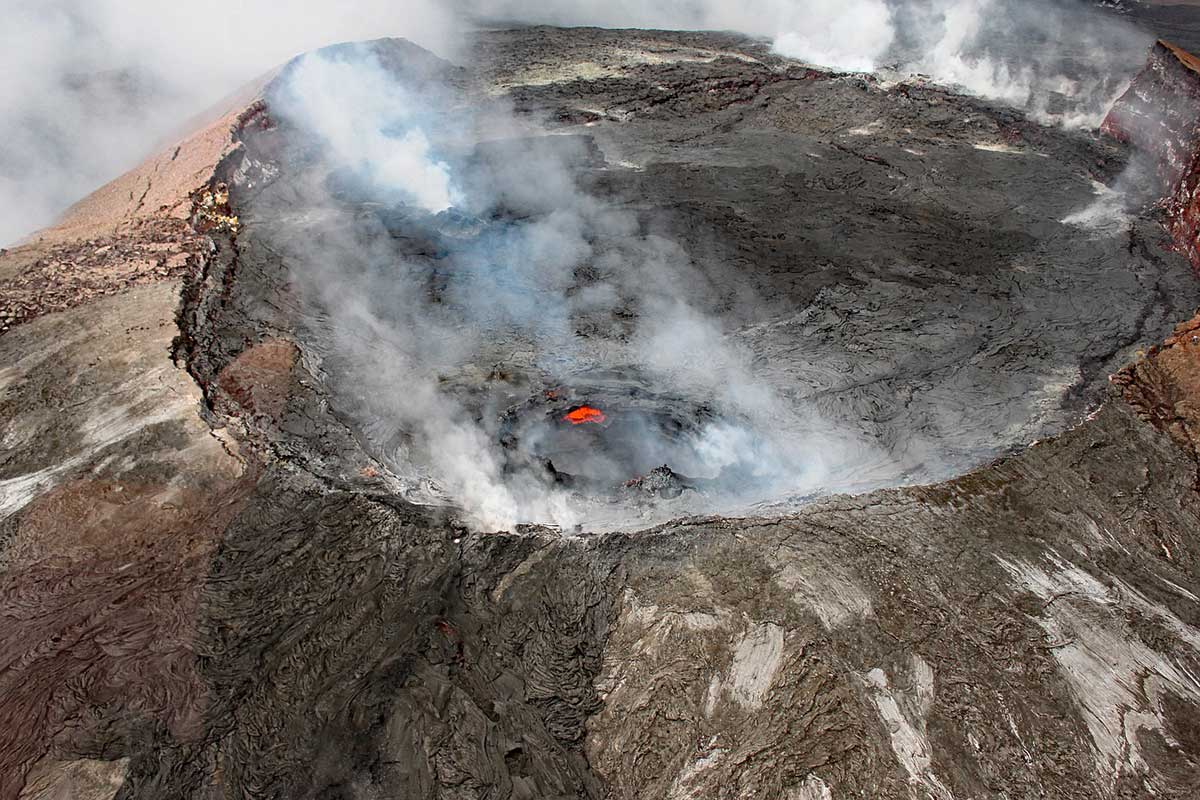Hawaii Volcanoes National Park is not just a place to explore with a stunning tropical landscape, it also helps protect rare plants, wildlife, and the traditional Hawaiian culture. The following facts about Hawaii Volcanoes National Park will help you better understand the importance that this park plays in not just Hawaii, but in the rest of the world as well.
23 Facts about Hawaii Volcanoes National Park
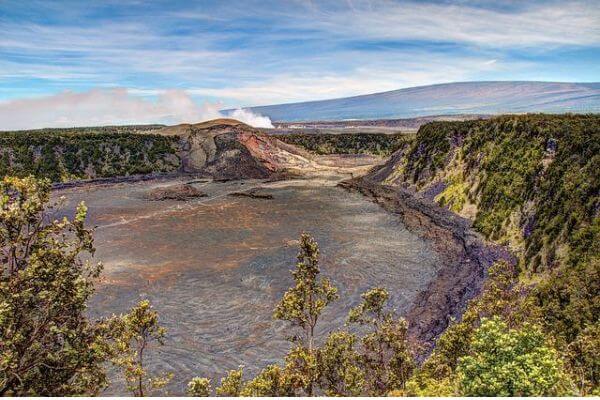
This national park is more than just a tourist attraction, it is a learning experience that will help enrich all who visit. Keep on reading to learn 23 fascinating facts about this national park.
1. It was originally a part of the Hawaii National Park
Hawaii Volcanoes National Park wasn’t always a stand-alone park. It was actually a part of the Hawaii National Park, which is no longer open.
2. There are Two Active Volcanoes in the Park
Kilauea and Mauna Loa are the two active volcanoes that can be found in the Park. These two volcanoes are about 25 miles apart from one another.
3. The Park is a UNESCO World Heritage Site
In 1987, the Hawaii Volcanoes National Park was designated as a World Heritage Site by UNESCO (United Nations Educational, Scientific, and Cultural Organization). This means that the organization has landmarked the park for legal protection. There are 1,154 World Heritage Sites, with only 24 of them in the United States.
4. The Park is Rather Large
The Hawaii Volcanoes National Park spreads across 333,000 acres and rises 13,667 feet above sea level.
5. It Boosts 7 Different Ecological Zone
The Hawaii Volcanoes National Park has seven different ecological zones that spread across hundreds of thousands of acres. The zones are rain forest, seacoast, upland forest, mid-elevation woodland, alpine, subalpine, and lowland.
6. It is Home to Various Endangered Species

There are over 45 endangered species that live in the park, including the hawksbill turtle, Hawaiian goose, Hawaiian hoary bat, and Hawaiian petrel.
7. The Park’s Geology is Always Changing
You will never set foot on the same soil twice since the park’s geology is constantly changing. This is because the lava produced when the park’s active volcanoes erupt resurfaces the land and changes the park’s landscape.
8. It is an International Biosphere Reserve
In 1980, the park was designated as an International Biosphere Reserve, which means it is an internationally protected area. There are 727 biospheres spread across 131 countries.
9. There are Footprints Left Behind by Victims of a Volcanic Eruption
In 1790, the volcano Kilauea erupted, killing a group of warriors and their families. To this day, you can still see their footprints in the park.
10. The Park has over 66 miles of Paved Roads
There are over 66 miles of paved roads in the park, as well as over 155 miles of marked trails.
11. The Park Elevation Varies Greatly
The park has an elevation that varies from as low as 0 to as high as 13,667 feet. This highest point is located at the summit of the volcano Mauna Loa.
12. The Park has Millions of Visitors Every Year
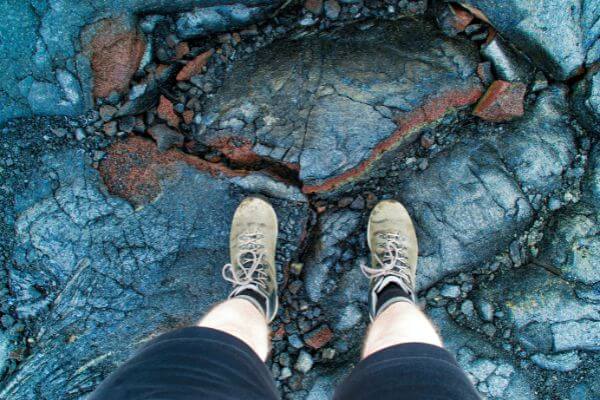
The Hawaii Volcanoes National Park is a popular destination. In fact, over 1.5 million people visit the Hawaii Volcanoes National Park every year.
13. The Park has an Impressive Plant Diversity
There are over 1,000 different plant species in the Hawaii Volcanoes National Park. And out of those 1,000 species, 90 percent of them are only found in the park.
14. English Missionaries were the First Westerns to Visit Kilauea
In 1823, English missionaries visited Kilauea, one of the park’s active volcanoes. They were the first westerners to visit the area. It wasn’t until several years later, in the 1840s, that the area became a tourist destination.
15. Hawaii Volcanoes National Park is the 11th National Park
Woodrow Wilson declared the area a national park on August 1, 1916, marking it as the 11th national park. However, at that time, it was known as Hawaii National Park. It wasn’t until 1961 that it turned into the Hawaii Volcanoes National Park.
16. Bombs were dropped on Mauna Loa
When Mauna Loa, one of the park’s volcanoes, erupted in 1935 and 1942, the United States military dropped bombs via airplane to try to redirect the flow of lava that was threatening the city of Hilo.
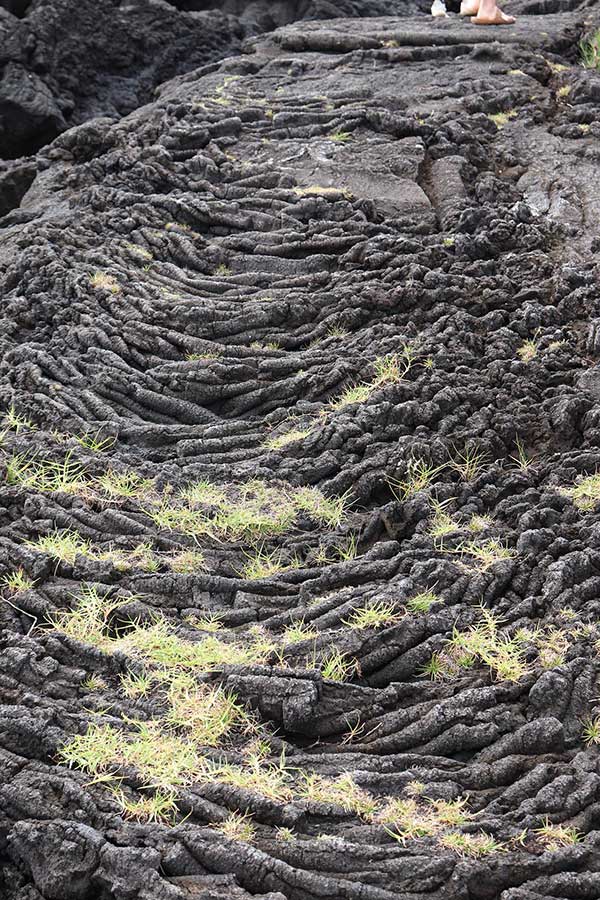
17. The Volcano House is a Historic
The park features a historic hotel called the Volcano House. They were built in 1877 and, out of all the other National Parks, are some of the oldest lodges in the United States. However, the original building is no longer a lodge and instead has been turned into the Volcano Art Center.
18. The Volcano Art Center Showcases Local Artists
Located in the park is the Volcano Art Center, which features workshops and classes, and even has a gallery for local artists. You will also find hula performers and even free guided hikes to the rainforest.
19. It Takes Climbers About 4 Days to Climb Mauna Loa
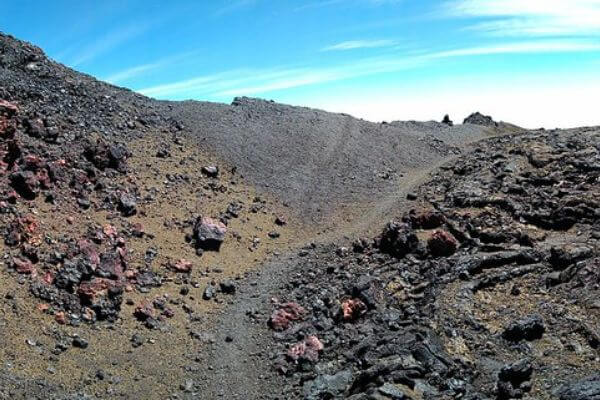
On average, a climber will need to give themselves 4 days to reach the summit of the volcano Mauna Loa. The first lookout point climbers will come to is at 6,662 feet, and then you will need to continue on to the 16-mile trail.
20. Stargazing is a Must
The Hawaii Volcanoes National Park is a wonderful place to see the stars. They have various stargazing spots that you can take advantage of 24 hours a day.
21. Mark Twain Visited Kilauea
In 1866 when he was working for the Sacramento Daily Union newspaper, Mark Twain visited the volcano during his 4 month trip to the Hawaiian Islands.
22. Kilauea Has Been Erupting Since 1983
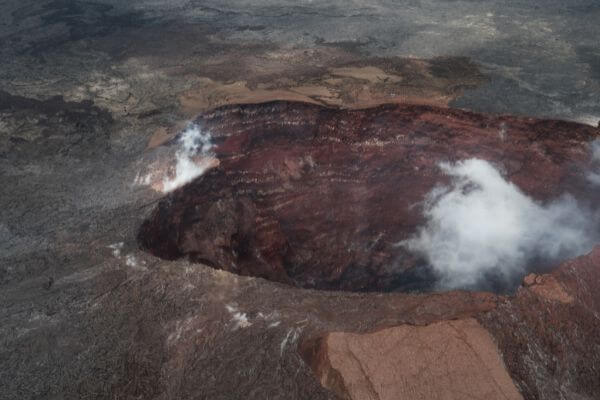
This volcano is one of the most active volcanoes in the world and has been erupting since 1983. Visitors to the park can safely view the volcanic activity, a lookout bluff that is positioned 400 feet above the volcano’s caldera.
23. Hawaii Has Two National Parks
The Hawaii Volcanoes National Park is one of two national parks in Hawaii. The Hawaii Volcanoes National Park is located on the Big Island, while Haleakala National Park is located on the island of Maui.
Check out this article to see some more national parks with volcanoes!
